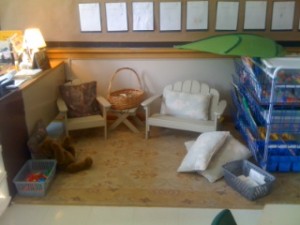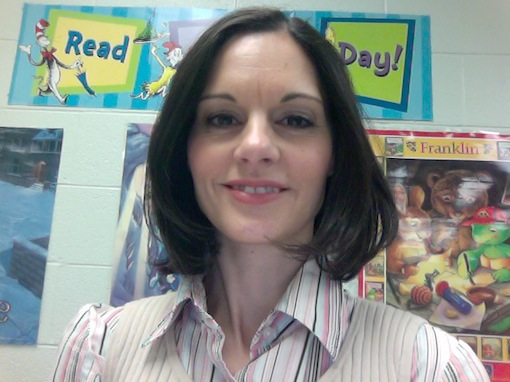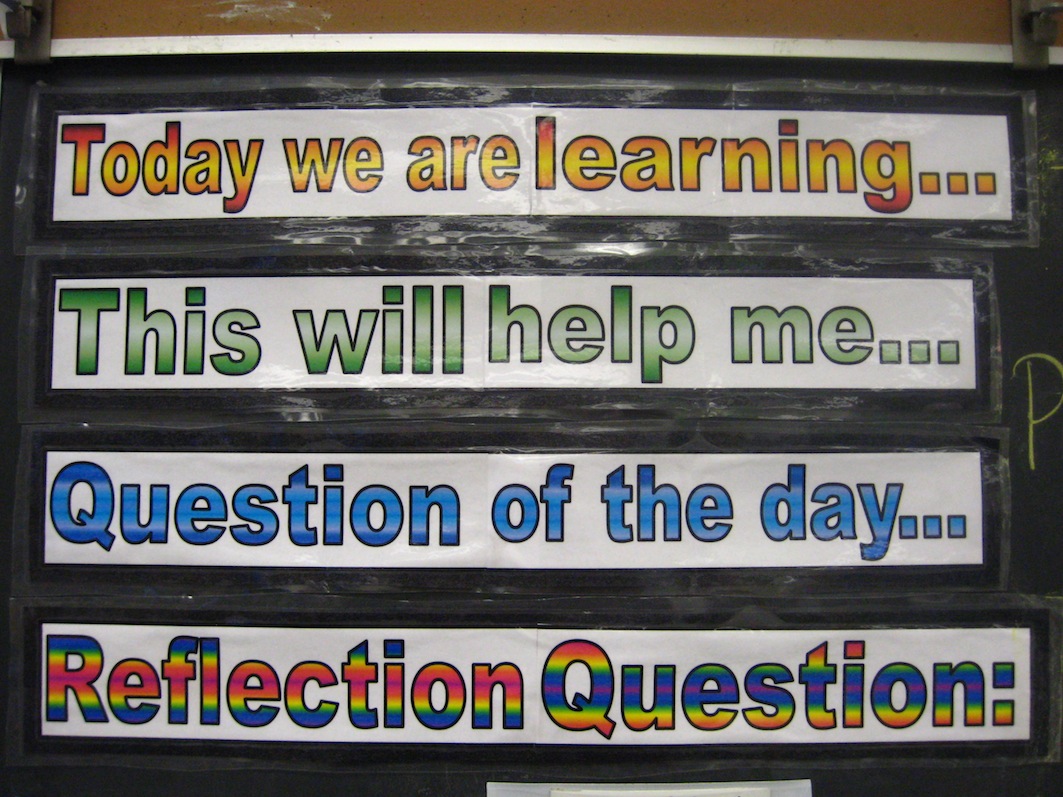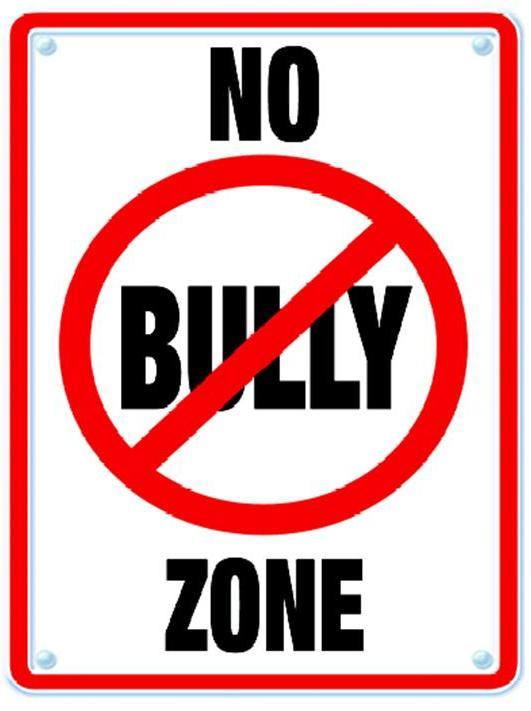I recently blogged about an excellent new resource created by ETFO entitled “Social Justice Begins With Me.” In my post I described how we implemented one of the lessons in the classroom and then extended our learning by taking it out into the community. It was such a meaningful experience that I decided to share it with the entire staff as well as the teacher candidate working with me. As a result, staff members have now begun to try the lessons in their classrooms and the faculty supervisor overseeing my teacher candidate’s progress has also shared it with the faculty students. The feedback has been phenomenal which is why I have decided to give you all a quick overview of the resource.
Social Justice Begins With Me targets Primary, Junior, and Intermediate grades with literacy focused lessons that are linked to picture books and short novels that target social justice issues. The lessons guide teachers through various activities that embed both social justice issues and character education. One of my favourite aspects of this resource are the ideas that support community involvement, thus taking the learning out of the classroom into a real-life context. The lessons are also supplemented with graphic organizers, assessment tools and strategies, along with well organized lists of texts that include each synopsis. The reproducibles are very helpful and applicable to a variety of activities.
My students have enjoyed the experience so much that they suggested we find a way to share our learning with the community in some way or another on a monthly basis. We have just finished our fictional narratives by writing short stories which the class suggested we share with the folks at a nearby nursing home. “We can take some scones or biscuits and sit with the elderly to share our stories,” they suggested a few weeks ago when we started the process. “A lot of times old people are not treated very nicely or their families forget them. This is one way we can tell them about what we’re learning,” one student commented. Brilliant idea. And it all started with a lesson on thanking those in our community with unappreciated jobs.
If you want to integrate social justice into your classroom, this is one of the best resources available. Try it and please share your experiences with us. I would very much enjoy to know how the lessons came alive in your classrooms!
Below I have included the direct link for those who want to take a closer look at the resource.
http://www.etfo.ca/resources/new/socialjustice/Pages/default.aspx









